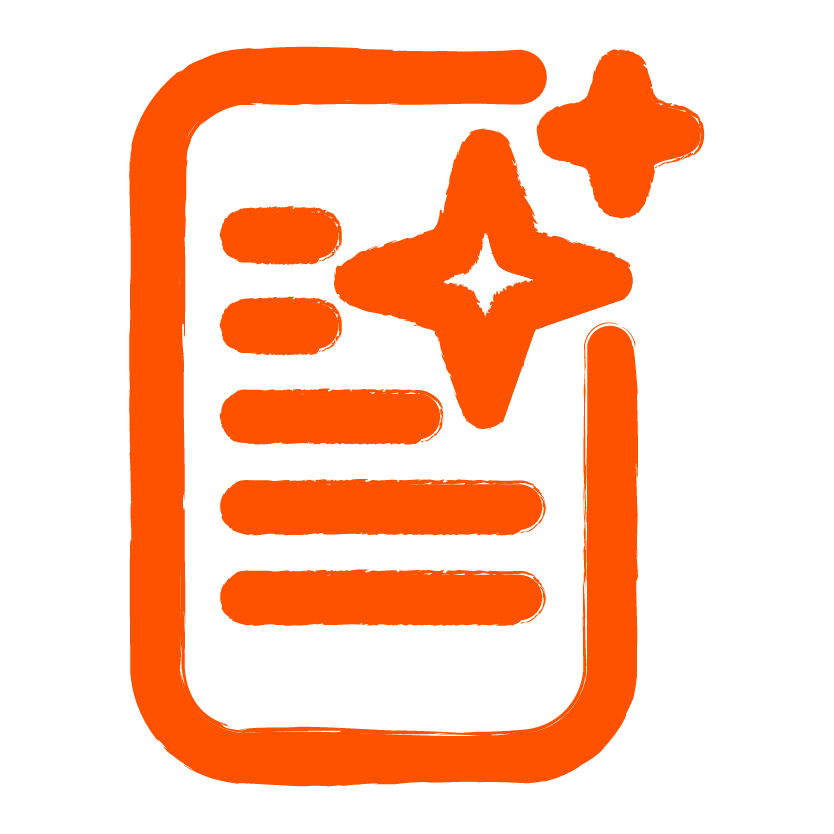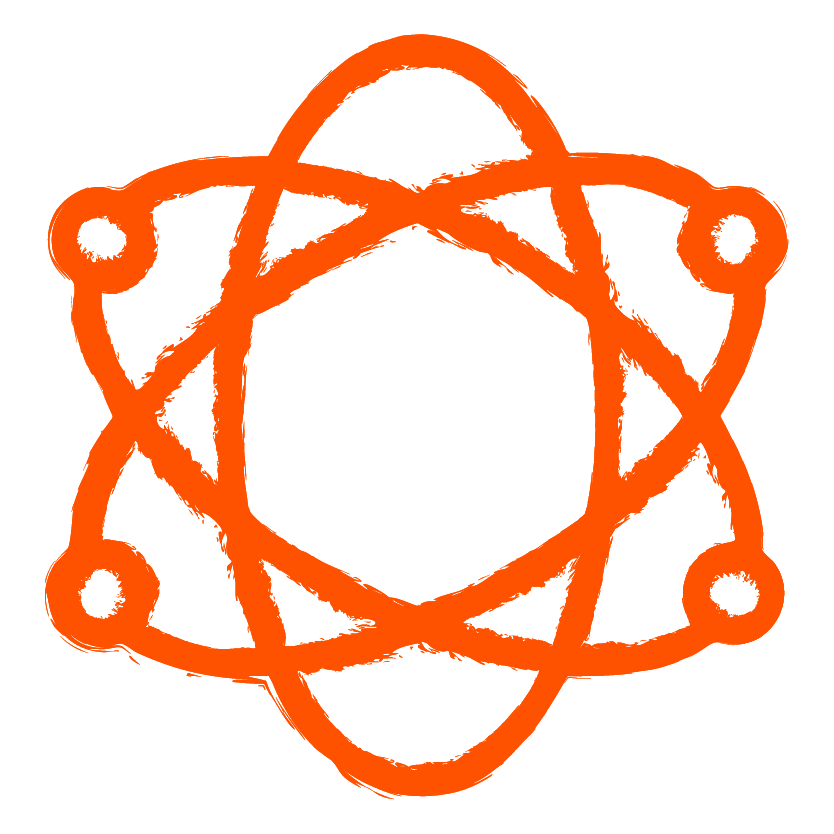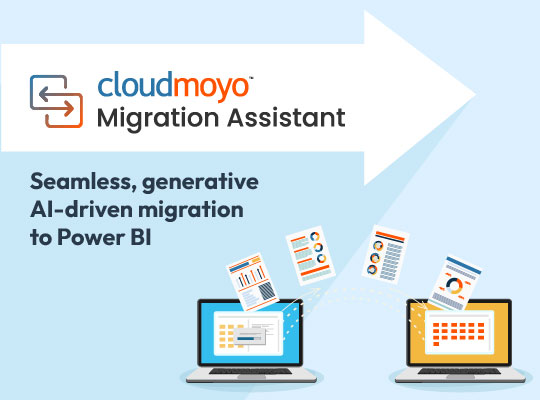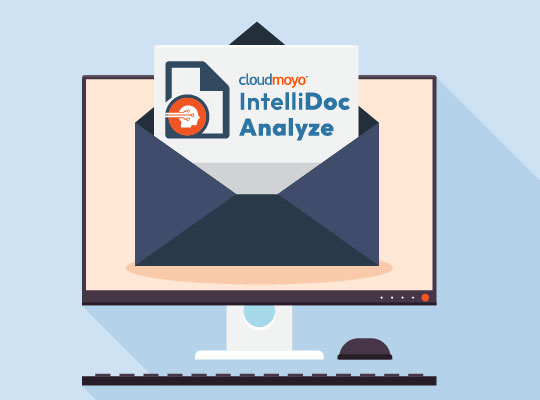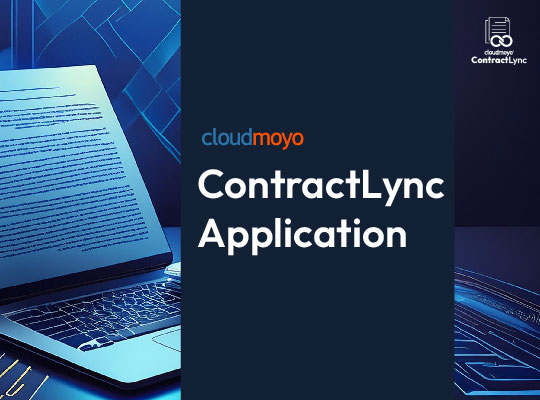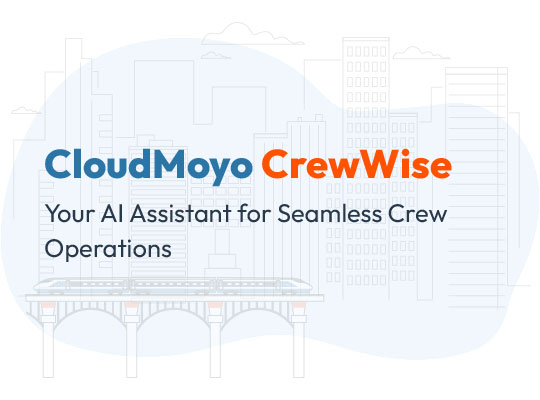For every enterprise, managing contracts is a critical and challenging task. Even a simple question around contract expiry dates or the location of the latest version of a contract can slow down a critical transaction or process. To maximize workflow efficiency, many organizations have now started using digital documents or Document Management System (DMS). However, for better management, many enterprises have decided to migrate or upgrade from plain document management systems to advanced and sophisticated Contract Management (CLM) software.
What is the need for implementing Contract Lifecycle Management (CLM)?
A Contract Lifecycle Management (CLM) software can give insight into contract data, ability to collaborate, time and cost savings, and better decision making ability through low risks.
However, the path to reach these benefits could be less clear. A study says, “Ineffective control of Contract Lifecycle Management cost businesses $100 billion per year in missed savings opportunities”. Implementation of CLM solution enhances the management of every contract along with improving its tracking and negotiation. This helps reduce supply chain risk and ensures compliance at all stages of the supply relationship.
If the implementation of a CLM software is done inadequately, it will lead to challenging your ability to attain business goals, which may include a launch of a new product, global expansion, and hiring surge and events that help drive business growth.
Also read: Why do railroads need a contract management software?
Here are a few key considerations for implementing contract management:
-
Avoid Confusion – Confusing Contracts with Contract Management
Often organizations begin the implementation process by tendering a pile of contracts over to their contract management provider, forgetting that someone has to process them before they’re useful. The utility of a contract management solution is a function of how business information from those contracts is extracted, analyzed, distributed, and queried by the people who actually have to administer and monitor the signed contracts. Maximizing that utility means transforming contract language into concise, easy-to-understand information that decision-makers can access.
The idea behind contract management is to take all that legalese, simplify, and summarize it to make it useful for the rest of the business. It is important to have an experienced implementation partner playing a consultative role and guiding the extracted information for use in the CLM system.
With our expertise in Contract Lifecycle Management (CLM) technology, and legal domain, CloudMoyo offers an end-to-end Contract Process Optimization that entwines together best practices of consulting, legal services and technology. Click here to know more.
-
Analyze your current contract management process
Knowing and analyzing the gaps and challenges of your current contract management process beforehand allows you to set reasonable KPI’s for improvement. It lets you avoid changes in the process of mid-implantation. An important thing to consider while analyzing contracts is to know where your contracts are stored.
Contract repositories provide centralized storage of documents with the ability to tag, report, categorize, and structure metadata that is associates with your contracts. Also, questions like how a contract is drafted, negotiated, and retrieved should be considered before implementing a CLM software.
CloudMoyo helps enterprises to seamlessly embrace/adopt modern contract lifecycle management by providing ancillary services such as legacy contract migration, clause and template tagging, template management. Click here to know more
-
Pilot versus phased approach
A pilot approach is a traditional approach. It doesn’t save time, which unnecessarily increases the cost, and can delay the go-live timelines. Employing a phased approach to implementation will enable faster rollouts eventually leading to increased user satisfaction. Also, establishing a timeline is also important. Setting a go-live date with an implementation partner will save costs and give time to test the contract management platform to the concerned teams.
-
Prepare resource types
Resources are templates for entering resource information. Predefined resource types let you manage many types of resources, but you might need to customize it to include additional fields or create new resource types. For this, it is important to identify the master template and to determine how to access it. The key part would be to understand what information would be needed to search and report on the documents as it’s important to establish what searches will be based on, such as name, date, contract number, status, or type.
Also, to reduce the risk of lost contracts, ensure that every department stores their contracts in the same location. The most updated version of every contract is immediately accessible to each department. Maintaining compliance throughout the company will reduce risk, streamline inter-departmental contracting processes, and result in a higher ROI than you would otherwise achieve.
At CloudMoyo, we provide our customers with a collection of support and maintenance offerings geared to ensure our customers to take full advantage of our Contract Management Software. To know more, read about our Contract Support Desk.
-
Assign responsibilities
A handful of personnel is needed to act as the authority on decision-making and post-rollout. They need visibility into the whole process to enforce their decisions. There should be at least two administrators with the solution in and out. They can answer day-to-day questions and train other employees on the solution. Support from senior management is crucial to your company. They will help encourage the transition, enforce new roles, and make the decisions on expanding the accomplished solution. In this, building a team with subject matter experts from different departments plays a very vital role.
-
Training
Organizations must be confident that every employee understands the goal of CLM software implementation, how to use the software, and what the proper contracting protocol is about. The purpose of this awareness is to increase compliance with company contracting and procurement protocol. Also, identifying everyone who is, directly and indirectly, involved in each step of the contract process, would help identify the individuals who need access to the contract or the reporting data.
Proper training would guarantee that every team uses standard contract language, clauses, and procurement practices and hence, reduces the risk of exposure.
The aforementioned points are suggestible while implementing contract management software to get visibility into your legal contracts, improve supply chain agility by onboarding new suppliers in no time, and speed up the revenue recognition.
Also read: How Contract Management Software can help Rail Transportation?


